
Mourlevat spends a great deal of time on the boarding school and building the characters of Milena and Helen. These young girls are taken to a boarding school at the edge of the world, where they must memorize and follow 20 rules to stay out of the SKY, which isn’t the sky at all. During the year, they have three opportunities to meet in the village with their consolers, who basically provide the children comfort and guidance. The girls’ adventures begin on one such trip they meet two boys, Milos and Bartolomeo.
“The Sky did not deserve its name. Far from being high in the air above, the detention cell was underneath the cellars. You reached it from the refectory, down a long, spiral staircase with cold water dripping from the steps. The cell measured about seven by ten feet. The walls and floor smelled musty, earthy. When the door closed behind you, all you could do was grope your way over to the wooden bed, sit or lie on it, and wait. You were alone in the darkness and silence for hours.” (page 7)
In the back of the book, the author mentions that the story is based upon the life of Kathleen Mary Ferrier, an English contralto singer. In some ways the recruitment of Ferrier during WWII is similar to Milena’s mother’s story, but in other ways they are vastly different. There is a resistance in Winter’s End, but it remains very mysterious to the very end when the network begins to take action against the Phalange. While the oppressors show no compassion for those different than themselves and shoot down unarmed individuals or send dog-like men against the innocent, the Phalange remain mysterious — their origins, their motivations, and the history with the oppressed. In many ways, the actions against Milena’s mother and Bart’s father seemed more related to a broken-hearted man, than an over-arching battle between the Phalange and the resistance.
Winter’s End is a thrill ride in the latter half of the book, and it will definitely keep the attention of younger readers. It’s also aptly named, as the sun seems to be shining more brightly by the end of the novel, though an epilogue about Helen’s consoler and her son was not necessarily needed and seemed like it was tacked on as an afterthought. Overall a satisfying read, but not near the caliber of other books in this category.
About the Author:
Jean-Claude Mourlevat once wrote and directed burlesque shows for adults and children, which were performed for more than ten years in France and abroad. The author of several children’s books, he lives in a house overhanging the River Loire, near Saint-Etienne, France.
About the Translator:
Anthea Bell OBE is an English translator who has translated numerous literary works, especially children’s literature, from French, German, Danish and Polish to English.
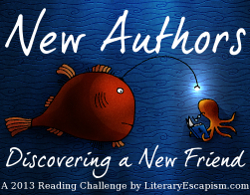
Here’s What the Book Club Thought:
Overall, most of us enjoyed the writing in this YA book the most, and there was a great many symbols of French culture, particularly the power of music and symbols to a revolution. The young lady in the group who selected the book did not like Milena as much because she was too perfect, while another member said she was more like a symbol than a character — harkening to the symbol of the revolution bit that the author seemed to be striving for. Two or three members were saddened by events that killed off one particular character who had become a favorite, and another member pointed out how there was a lot of build up in the book about the revolution but little action. One member wanted more of that action, and I think most agreed that the end of the book seemed rushed. Overall, it was just an OK read for most of the group, with the youngest member planning to give it four stars.

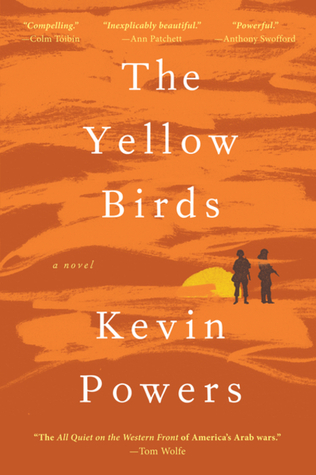



 The Last Brother by Nathacha Appanah, translated by Geoffrey Stachan is a quiet novel that hits the heart, twisting it until tears pour from the reader’s eyes. Beginning slowly with the main character awaking from a dream, the novel builds to a crescendo, followed by still powerful diminuendo of reflection. Appanah and Stachan’s translation provide a sense of distance from the characters at first, but pull readers in through the magic of the dreams and the jungle, generating the sense of hollowness and fullness of love in tension.
The Last Brother by Nathacha Appanah, translated by Geoffrey Stachan is a quiet novel that hits the heart, twisting it until tears pour from the reader’s eyes. Beginning slowly with the main character awaking from a dream, the novel builds to a crescendo, followed by still powerful diminuendo of reflection. Appanah and Stachan’s translation provide a sense of distance from the characters at first, but pull readers in through the magic of the dreams and the jungle, generating the sense of hollowness and fullness of love in tension. About the Author:
About the Author:

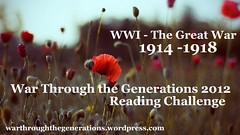
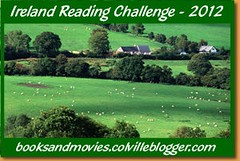

 About the Author:
About the Author: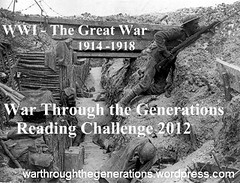 This is my 6th book for the WWI Reading Challenge.
This is my 6th book for the WWI Reading Challenge.



